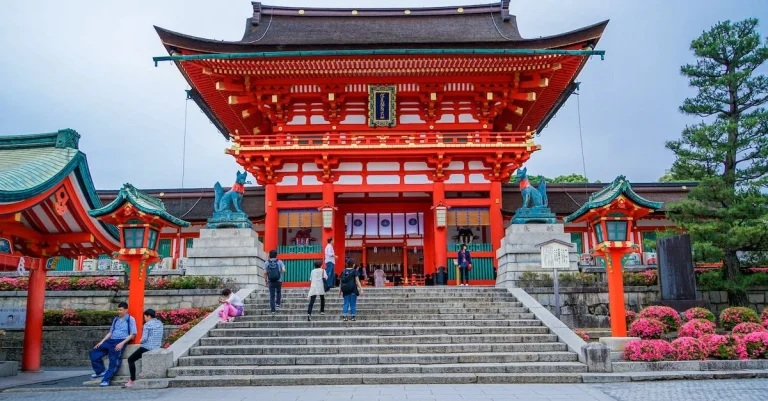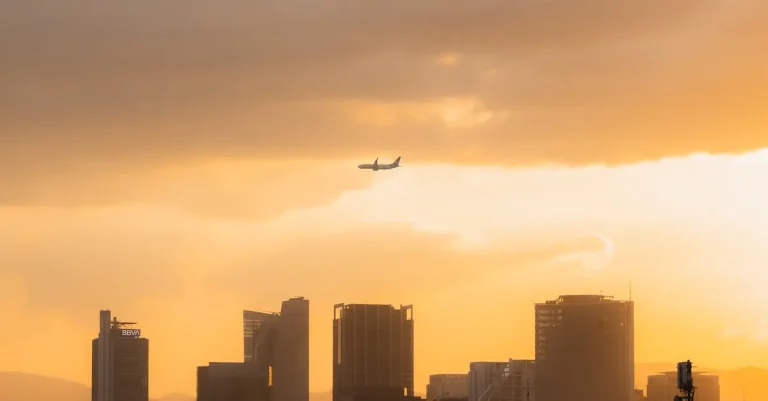Flashing two fingers with the back of the hand facing outwards is a popular gesture, but what exactly does it signify?
In brief, two fingers up can have very different meanings depending on the cultural context and how the gesture is performed.
This comprehensive guide will examine the various meanings and interpretations of two fingers up around the world. We’ll provide an overview of the positive, negative, and neutral associations of the two-fingered salute.
We’ll also explore how factors like hand orientation, facial expression, and country of origin inform the gesture’s intent.
When Two Fingers Up is a Positive Sign
Have you ever wondered what it means when someone raises two fingers up? It turns out that this hand gesture can have various positive meanings depending on the context.
Let’s explore three common interpretations: the peace sign, the victory sign, and the scout salute.
Peace Sign
The peace sign is a well-known symbol of peace and harmony. It is made by raising the index and middle fingers up in a V shape, while the other fingers are kept down.
This gesture gained popularity during the 1960s as a symbol of protest against war.
Today, it is still widely recognized as a sign of peace and is often used to express a desire for unity and non-violence.
Victory Sign
The victory sign is another positive meaning associated with raising two fingers up. It is made by raising the index and middle fingers in a V shape, while the palm faces outward.
Since then, it has become a universal symbol of triumph and success. You might see people flashing the victory sign during celebrations or to express their excitement and joy.
Scout Salute
In the world of scouting, raising two fingers up is a way to show respect and loyalty. This gesture, known as the scout salute, is made by raising the index and middle fingers up, while the other fingers are held together.
It is a sign of allegiance to the scouting movement and is often accompanied by the recitation of the scout oath or promise.
Scouts around the world use this salute to greet each other and demonstrate their commitment to the values of scouting.
So, the next time you see someone raising two fingers up, remember that it could be a positive sign. Whether it’s a symbol of peace, victory, or a scout’s loyalty, this hand gesture carries a powerful message of positivity and unity.
When Two Fingers Up is an Insult
While the act of holding up two fingers may seem innocent enough, in certain contexts, it can be considered a highly offensive gesture.
This article explores three instances where the two-finger salute is used as an insult in different parts of the world.
The British V-Sign
Despite its seemingly harmless appearance, this gesture can be highly offensive and is considered an insult when used in certain ways.
The V-sign is often used to express disdain, defiance, or to provoke someone. Its origins can be traced back to medieval times when archers would taunt their enemies by displaying their two fingers that were used to draw a bowstring.
In modern times, the V-sign has become synonymous with rudeness and is best avoided in formal or polite settings.
The Australian Insult
In Australia, the two-finger salute is known as the “two-fingered salute” or “two-fingered wave.”
This gesture involves holding up the index and middle fingers with the palm facing outward. It is typically used to express anger, frustration, or to show contempt towards someone.
The origins of this insult are not well-documented, but it has become a part of Australian slang and is often accompanied by colorful language.
It is important to note that while this gesture may be used in a joking manner among friends, it can still be offensive and should be used with caution.
Offensive Reverse Peace Sign
The reverse peace sign is another variation of the two-finger salute that is considered highly offensive in some cultures.
This gesture involves holding up the back of the hand with the index and middle fingers extended, while the palm faces inward.
It is often used as a derogatory gesture towards someone, implying that they are foolish or stupid.
This insult is prevalent in certain parts of Europe and is best avoided to prevent misunderstandings or conflicts.
It is important to remember that gestures can have different meanings in different cultures and contexts. What may be considered harmless in one country could be deeply offensive in another.
It is always wise to be mindful of cultural differences and to avoid using gestures that may cause offense or misunderstanding.

When Two Fingers Up is Just Neutral
While the gesture of holding two fingers up can often be associated with an offensive or vulgar meaning in some cultures, it’s important to note that there are instances where it is used in a completely neutral way.
Understanding the context and cultural significance behind this gesture is key to interpreting its meaning accurately.
The Shaka Sign in Hawaii
In Hawaii, the two fingers up gesture, known as the Shaka sign, is a widely recognized gesture of goodwill and aloha spirit.
It involves extending the thumb and pinky finger while keeping the other fingers curled into a fist.
This friendly and welcoming gesture is often used as a way to greet others or express gratitude. So, if you see someone giving you the Shaka sign, don’t be alarmed – they’re just spreading a little positivity!
Fingers Up in Music/Sports
In the world of music and sports, holding two fingers up can have a completely different meaning. It is often used as a celebratory gesture or a symbol of victory.
You may have seen musicians and athletes raise their two fingers up after a successful performance or winning a game.
It’s a way to express triumph and excitement, and it’s all in good fun.
Unintentional Gestures
Sometimes, a person may unknowingly hold two fingers up without any intention behind it. This could be a result of a hand gesture that is common in their culture or simply a natural hand position.
It’s important not to jump to conclusions and assume the worst when you see someone making this gesture unintentionally.
Remember, gestures can have different meanings in different contexts and cultures. It’s always best to consider the context and the individual’s intent before making any assumptions.
So, the next time you see someone holding two fingers up, take a moment to assess the situation and consider the possibility that it may just be a neutral gesture.
Cultural Differences to Keep in Mind
When it comes to non-verbal communication, gestures play a significant role in conveying messages.
However, it is important to remember that the meaning of a gesture can vary depending on the cultural context.
One such gesture that has different interpretations around the world is the two fingers up gesture.
Understanding the cultural differences associated with this gesture can help avoid misunderstandings and promote effective communication.
Hand Orientation Matters
The orientation of the hand while making the two fingers up gesture can significantly alter its meaning.
In many Western countries, such as the United States and the United Kingdom, raising the index and middle finger with the back of the hand facing outward is commonly known as the “peace sign” or a symbol of victory.
It is often used to convey a positive message or show support.
However, in other cultures, such as Australia and New Zealand, this same gesture with the palm facing inward is considered offensive and vulgar.
It is important to be aware of these cultural nuances to avoid unintentionally causing offense or misunderstanding.
Facial Cues Change Meaning
In addition to hand orientation, facial cues can also influence the interpretation of the two fingers up gesture.
For example, in some parts of Europe, particularly in Italy and Greece, making this gesture with a clenched fist and the palm facing downward is known as the “corna” or “devil’s horns” sign.
It is often used to ward off evil or express disbelief. However, if the same gesture is made with a relaxed hand and a friendly smile in the United States, it is commonly associated with rock music and is used to show appreciation or excitement.
Location Influences Interpretation
Understanding the cultural differences in the interpretation of the two fingers up gesture becomes even more crucial when traveling or living abroad.
For example, in some parts of Asia, particularly in Japan and South Korea, the same gesture is known as the “victory sign” and is commonly used in photographs to indicate peace, victory, or simply to pose for a picture.
However, it is important to note that in some Middle Eastern countries, this gesture is considered offensive and should be avoided.
It is always a good idea to research and familiarize oneself with the cultural norms and customs of a specific country or region before using any gestures that may have different meanings.
By being mindful of these cultural differences, we can foster better cross-cultural understanding and avoid unintentional miscommunication.
Conclusion
So before flipping two fingers up, consider the cultural context. The same hand gesture can convey peace, praise, protest, or provocation depending on where you are and how you perform it.
Being aware of the nuances helps avoid miscommunication or unnecessary offense.






